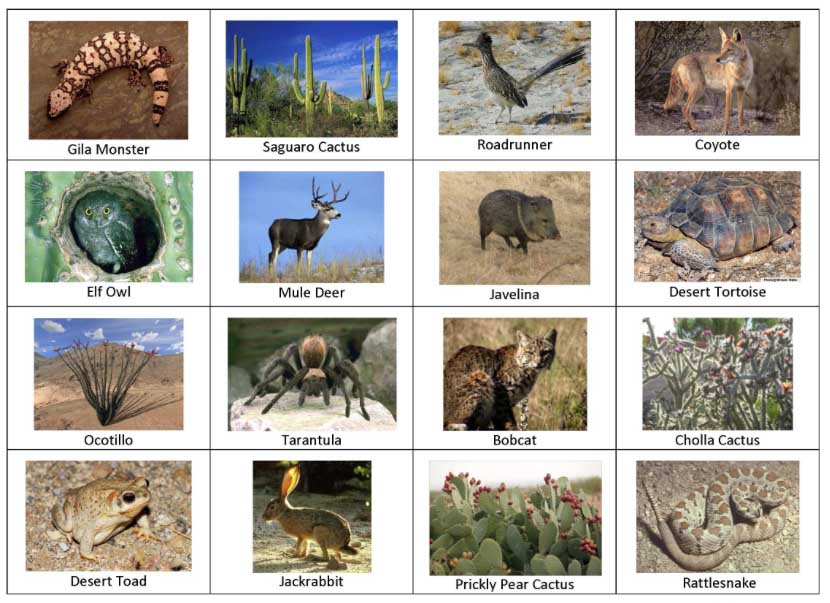Hot Desert Animals Information

In deserts, trees are usually absent, and shrubs or herbaceous plants provide only very incomplete ground cover.
Hot desert animals information. While the animals look like the biological equivalent of rocks, they have a secret to. Facts about hot deserts 6: Animal adaptations for living in the desert.
Like the plants, desert animals must live on as little water as possible. Desert animals for kids with pictures and facts. The cold desert is the other type.
Or living components and the abiotic. This helps keep the plants cool during the hot desert days as it helps less water evaporate out of it. This is because there are no clouds in the desert sky to keep the heat in at night.
Large, vascular ears enable the jackrabbit to cool down its body temperature and to deflect heat. Deserts around the world vary in the types of animals they offer. Animals and plants live in diverse climatic conditions of deserts (hot and cold), jungles, oceans, etc.
Plants and animals which do survive there have adapted to difficult conditions.the biotic. Camels survive in hot deserts by storing water in body fat in their humps. Rodents also plug the entrance of their burrows to keep the hot and dry winds out.
The sun’s rays are the strongest there. Most animals either come out during the early morning or in the evening. A desert is a barren area of landscape where little precipitation occurs and, consequently, living conditions are hostile for plant and animal life.



















